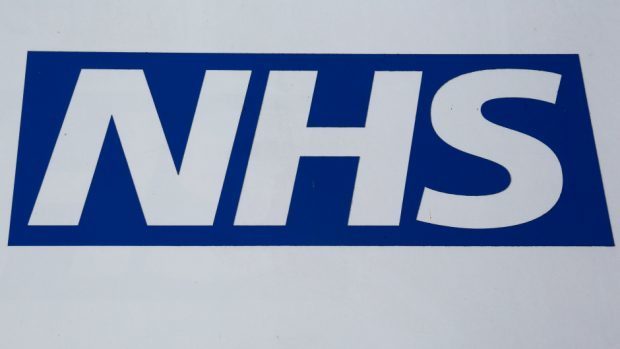Caithness has the highest prevalence of chronic diseases – including coronary heart and kidney disease – in Scotland, health chiefs have revealed.
The startling revelation comes as NHS Highland outlined to campaigners, who fear impending hospital closures in the north, why an urgent review of healthcare in the region is being carried out.
But Ron Gunn, vice-chairman of campaign group CHAT, said the stark statistics support their case for not only retaining health services in the north but improving care provision.
Health officials, in one of the most open and transparent meetings with campaigners since a review of services was ordered, spelled out the pressures and challenges they face in providing care in the northernmost part of the country.
Cases of coronary heart disease, chronic kidney disease, stroke, diabetes, asthma and hypertension are all higher per head of population than any other area in the country.
And alcohol incidents also indicate a significantly higher rate for admissions from the Wick South area compared with that for the rest of Caithness, and for Highland.
In Caithness, the health authority employs about 600 staff, half aged 50 or older.
Officials say there will soon be fewer people of working age in the region to provide hands-on care.
Last year in Caithness the NHS advertised 170 posts – but only 60% were filled.
For nursing and midwifery that figure fell to around half for Caithness General and 30% in community care.
As a result, there was a heavy reliance in locum and agency staff for some areas and some specialities, but health chiefs say this is not affordable or sustainable.
NHS Highland meets this week to discuss a £14.8million overspend in its 2017-18 budget – £2.5m attributed to Caithness – and a £15million bail-out it is seeking from the Scottish Government.
That matches to sum spent on medical locums along during the financial year.
The maternity unit at Caithness General has already gone from consultant-led to midwifery-led because of staff shortages, which resulted in almost 90% of pregnancies in the county being transferred 100 miles away to Raigmore.
Mr Gunn said: “We feel the statistics now provided by NHS Highland supports our case on saving hospitals and even improving healthcare provision in Caithness.
“We fear services will further be downgraded.”
Dr Alison Brooks, who was part of the clinical panel, said: “Recruitment has been an issue up here for many, many years and this is not going to improve in the foreseeable future.
“NHS Highland is spending huge amounts of money on locums and agency staff just to keep systems going. Clearly, this is not a situation that can continue as spending money in this way is diverting resources from other areas which now have greater priority such as care at home and care homes.
“With the population becoming so much older and people having more complex conditions, our money needs to be spent in a different way. We clearly need to organise things differently to make the service safe and resilient.”
NHS Highland’s associate medical director Dr Boyd Peters added: “We had a very positive meeting and covered many of the local, regional and national challenges including rising NHS costs, a national shortage of nurses and doctors, increasing population age, and the professional trend towards ultra-specialists when what we really need are generalists.
“I believe that it will be through the kind of dialogue and partnership we had that we find the way forward towards sustainable services.”










